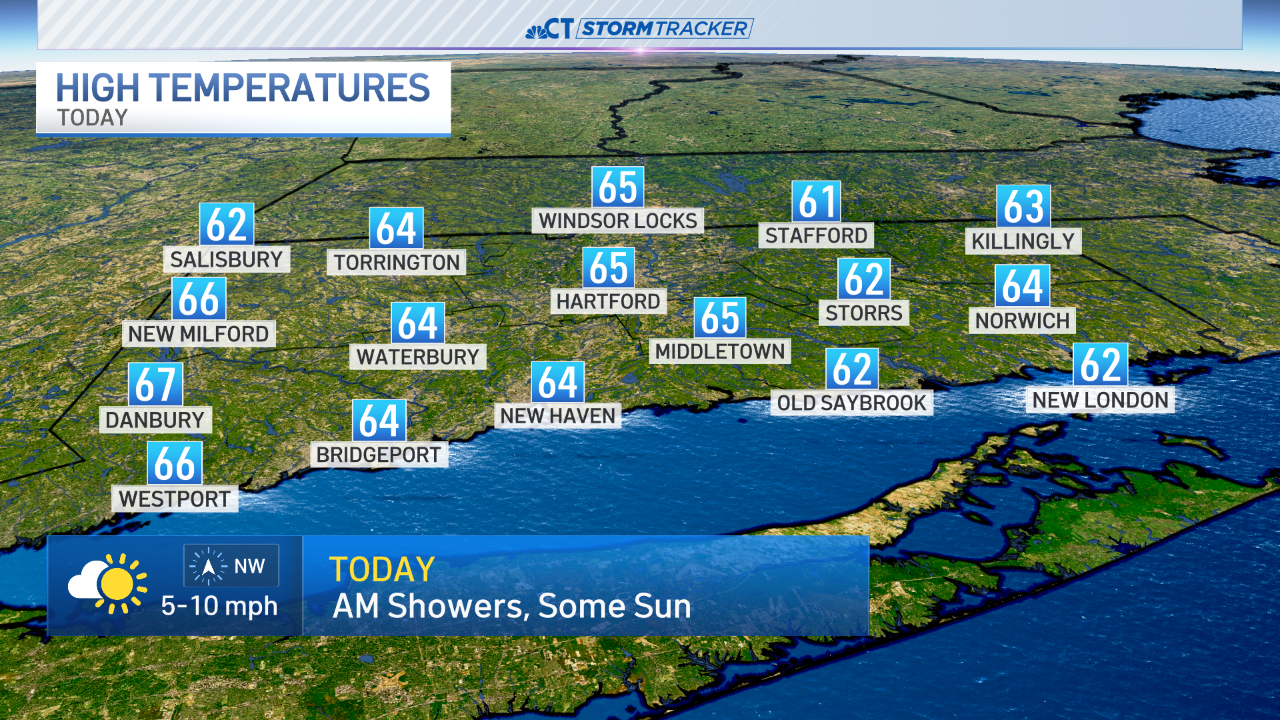The executive order puts a temporary halt on offshore wind lease sales in federal waters, and pauses the issuing of approvals, permits, and loans for projects.
In his first few hours in the Oval Office, President Donald Trump signed a slew of executive orders, including one relating to offshore wind.
The executive order puts a temporary halt on offshore wind lease sales in federal waters, and pauses the issuing of approvals, permits, and loans for projects.
“The president doesn’t think much of wind power, so that certainly has my attention,” Gov. Ned Lamont said to reporters on Tuesday morning.
At New London’s State Pier, the 65-turbine Revolution Wind project is well underway, with 30 of the 65 foundations in place. Once completed in late 2025, providing power to Connecticut and Rhode Island homes, the Sunrise Wind project will start, providing power to New York. But projects after that are up in the air.
Get top local stories in Connecticut delivered to you every morning. Sign up for NBC Connecticut's News Headlines newsletter.
“It appears for now that projects currently permitted seem to be safe for now, but we obviously know that, you know, they may be prone to rollbacks on tax incentives, things you know, that might financially affect the viability long term of projects underway,” said Connor Yakitis of the Connecticut League of Conservation Voters. “It provides a lot of great, well-paying union jobs here in Connecticut, especially in the New London area, shoreline region.”
Paul Lavoie, Connecticut’s chief manufacturing officer, said it’s unclear how this will unfold but he knows the industry will be greatly impacted.
“This will have a rippling effect throughout the economy. There are thousands and thousands of people across America who are working in offshore wind. There's $25 billion that has already been invested in the offshore wind industry, and this is a time where, you know, energy usage is increasing and we should be looking at alternative resources to ensure our energy security,” Lavoie said.
Local
He estimates Connecticut could feel the impacts in a few years.
“We’re going to see an impact probably in 2027 or a little bit later because we have active projects that we're working on,” he added. “As long as those projects are still green lighted, which I understand they are in the documents that I've seen, we’ll be fine for a couple years and I think that'll give us an opportunity to adjust, and you know, this is only four years. So, we'll see what happens in four years from now.”
“We're going to have to start to take a look at what the future economic impact is right now with the wind farms that we have,” Lavoie continued. “There are jobs that have been created, but if now new lease areas and new projects are stalled, which it looks like they will be, that economic growth and development will go away.”
Sen. Ryan Fazio (R-Greenwich), ranking member of the state’s Energy and Technology Committee, doesn’t think there will be much of an impact.
“Even though this executive order technically has an effect on our ability to go forward with new projects over the next six months, our state was not likely to do so anyway because of the very high prices for offshore wind power currently,” he said.
The chair of that committee, Sen. Norm Needleman (D-Essex), said the state has enough projects to last the next few years.
“I think there's enough work in the pipeline to keep the whole business going until we take a more sensible approach to it 'cause I don't think this approach makes sense. I think when it comes to generation of power, all of the above is the strategy we need. We need and we are going to need more generating capacity, offshore wind for coastal states,” Needleman said. “I'm hoping that some of these executive orders, some of these decisions being, you know, pushed out on day one and day two are rethought and cooler heads prevail where things are just not at the whim of an individual who doesn't like something or likes something.”



